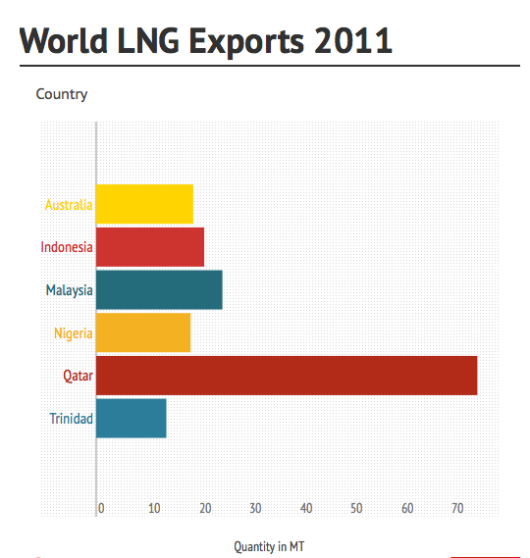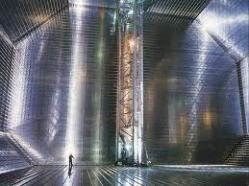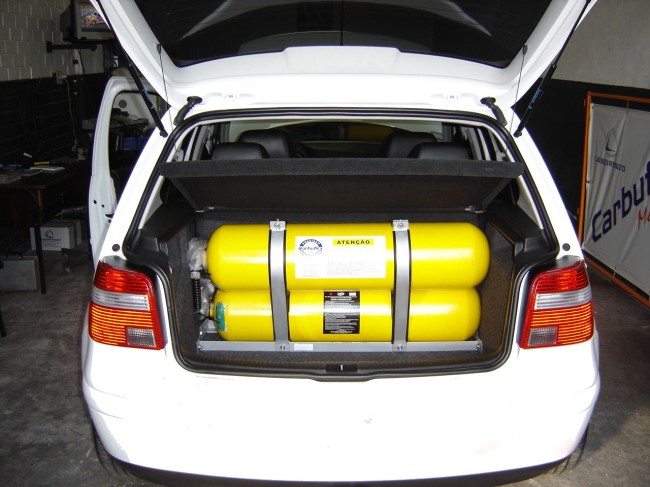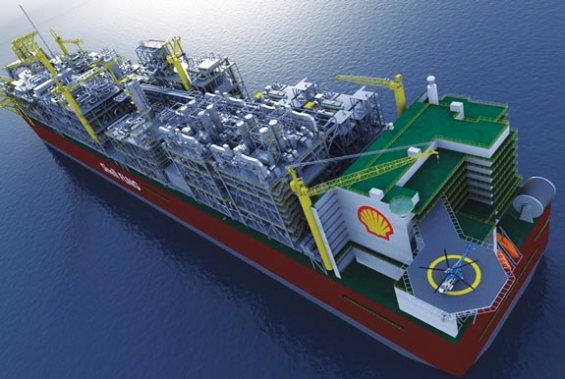The recent discoveries of natural gas reserves in the US is helping to expand the US economy and are also projected to continue driving this growth into the future. The fact of the matter is natural gas in the North American region is abundant and affordable which in turn significantly drives up job creation and again our economic growth.
The shale boom has made American factories more competitive than recent years and has sparked a domestic manufacturing renaissance, leading to capital investment, new high-wage manufacturing jobs, and an increase in US exports of added value product.
The U.S. is the world’s largest manufacturing economy, and growth in domestic manufacturing has a multiplier effect on the broader state of the economy.
Here are several examples of how the multiplier effect works:
First, manufacturing creates more jobs outside its own sector than any other industry. For every one manufacturing job, there are five additional domestic jobs. Hence, creating more jobs within the manufacturing industry will create five times more domestic jobs which will stimulate economic growth.
Second, manufacturing also creates value-added products for export. Meaning instead of exporting simple raw materials, every dollar invested in domestic manufacturing creates a portion of income from finished products.
Lastly, manufacturing drives innovation. Manufacturing companies are starting to realize it is more efficient to conduct research and development near or on their factory floors than anywhere else. The countries who investment more in these manufacturing sectors have a head start in the development of next generation products.
Now is the time when our policy makers have an opportunity to grow America’s vital manufacturing sector through a sensible, all-encompassing natural gas policy that will allow for the manufacturing companies to use natural gas for production and in turn push the economy forward.
Manufacturing is very sensitive to natural gas, which powers many of its operations and supplies the raw components of thousands of essential products. When the price of natural gas is high, companies cannot afford to operate and thus are not as efficient as a company who can operate with natural gas at a lower cost. This is why America is a manufacturing company’s dream place to operate; the US offers some of the lowest prices on natural gas out of any country. As the demand for natural gas in the US continues to rise, it pushes the economy to new heights and will continue to push the economy forward into future years.






